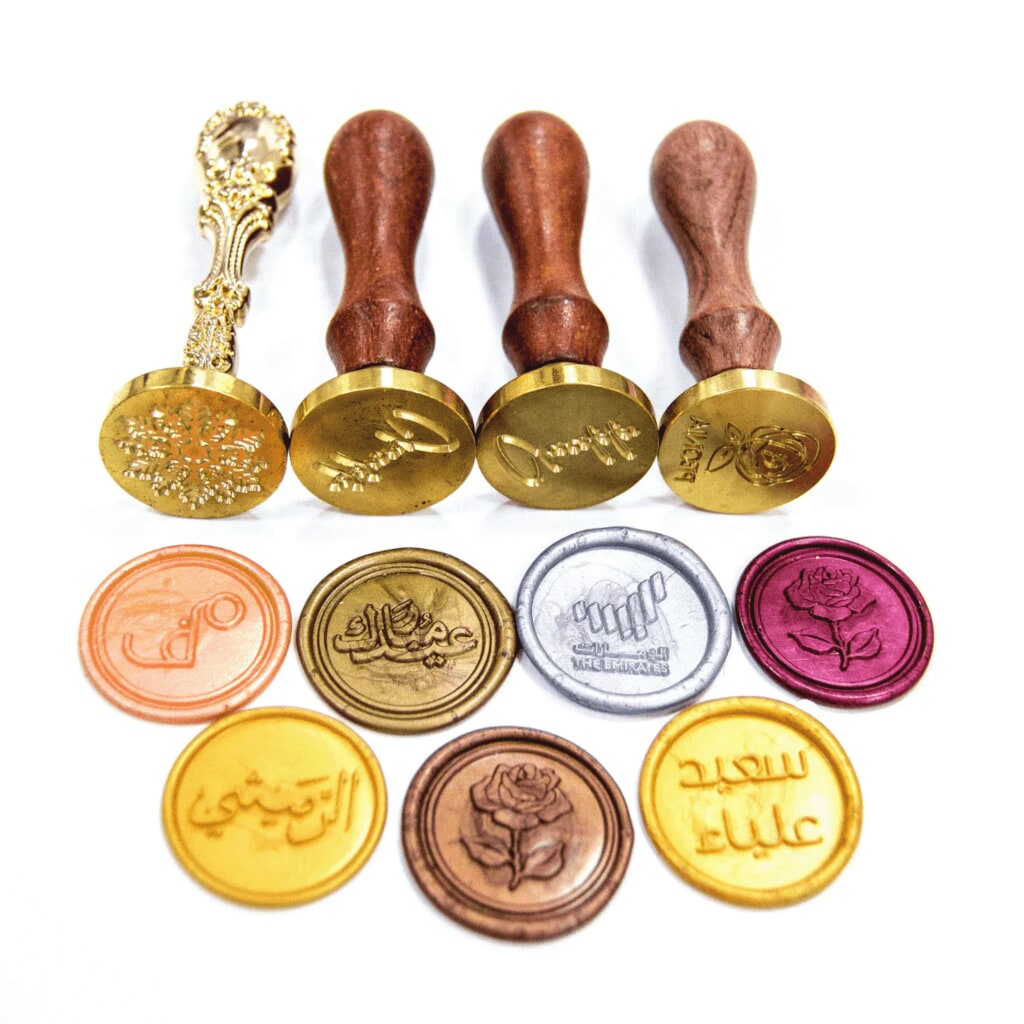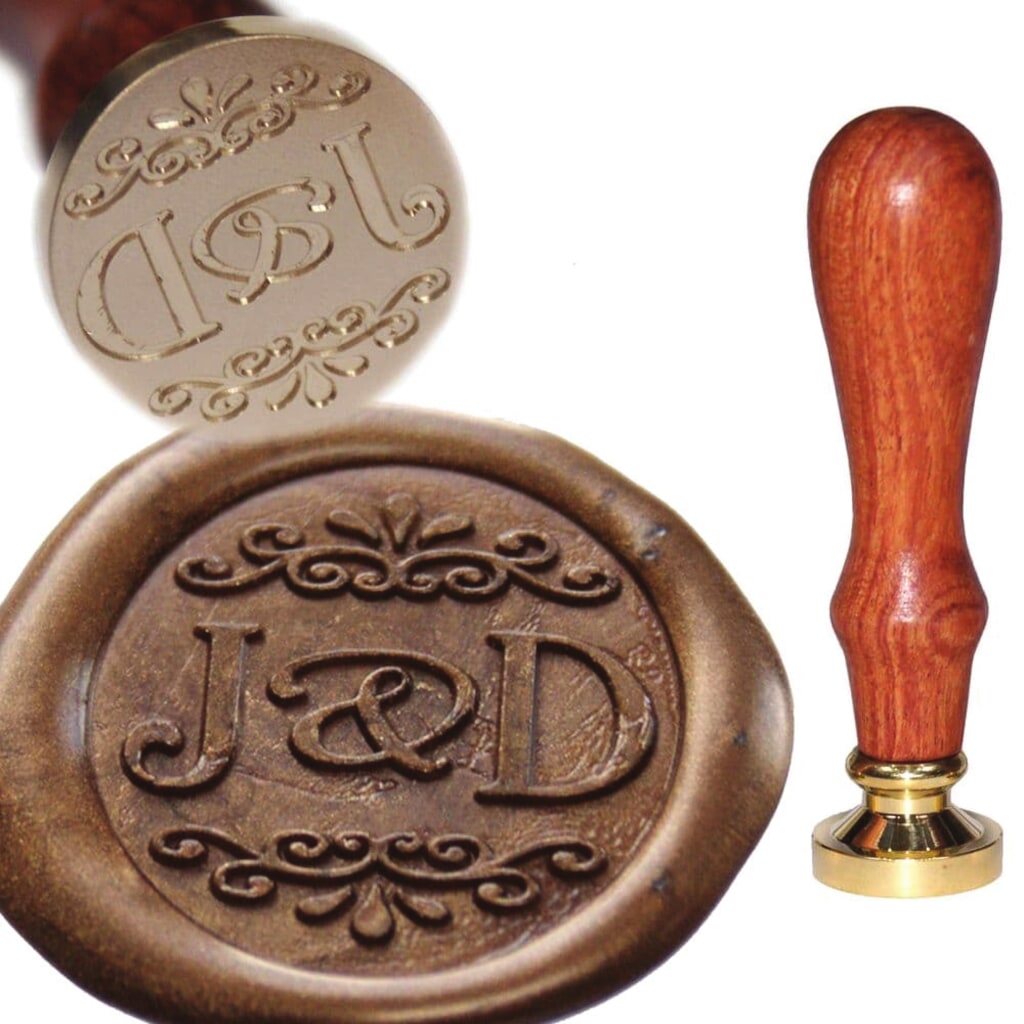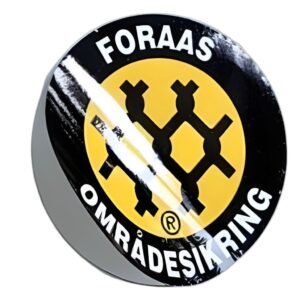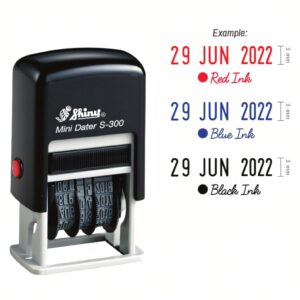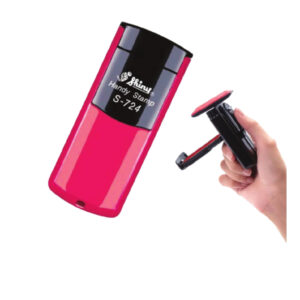Our wax seals are a traditional method of securing and authenticating documents, often used to add a personal touch or signify the importance and confidentiality of a letter or official paper. It involves using molten wax to create an impression on the surface of a document, usually with a seal or stamp that bears a unique design, such as a coat of arms, initials, or a logo.
Wax seals are created using a special type of sealing wax, which is often a blend of resin and pigments to give it the right texture and color. It can come in various colors, from classic red to gold, black, or even custom hues.
Common uses of Wax Seals
- Personal Correspondence: Wax seals were traditionally used on letters or invitations to add an element of formality and exclusivity.
- Legal and Official Documents: Historically, wax seals were used to confirm the authenticity of important legal documents, such as deeds, wills, and official letters from royalty or government.
- Wedding Invitations: Wax seals are popular in modern weddings, where couples may use them to seal their invitations or other special paper goods for a personalized, elegant effect.
- Branding and Packaging: Some companies use wax seals as a decorative touch on packaging, especially for luxury items or exclusive products.
How to use wax seals
- Melting the Wax: The wax is melted either using a wick-based candle, a special melting spoon, or a heat gun. It’s important that the wax is heated just right—not too hot or it might burn, and not too cool or it won’t leave a crisp impression.
- Applying the Wax: The melted wax is dripped onto the point where you want the seal to appear. The amount of wax varies depending on the size of the seal and how much coverage is needed.
- Sealing the Impression: Once the wax is dripped, a seal stamp—often featuring a personalized design like initials, a family crest, or a logo—is pressed into the soft wax while it’s still warm. This leaves a distinct, raised impression.
- Allowing it to Harden: The wax cools and hardens quickly, leaving behind a durable, secure seal. The impression is typically smooth, shiny, and has a tactile quality that makes it feel very official and often adds an elegant, vintage touch to the document.

